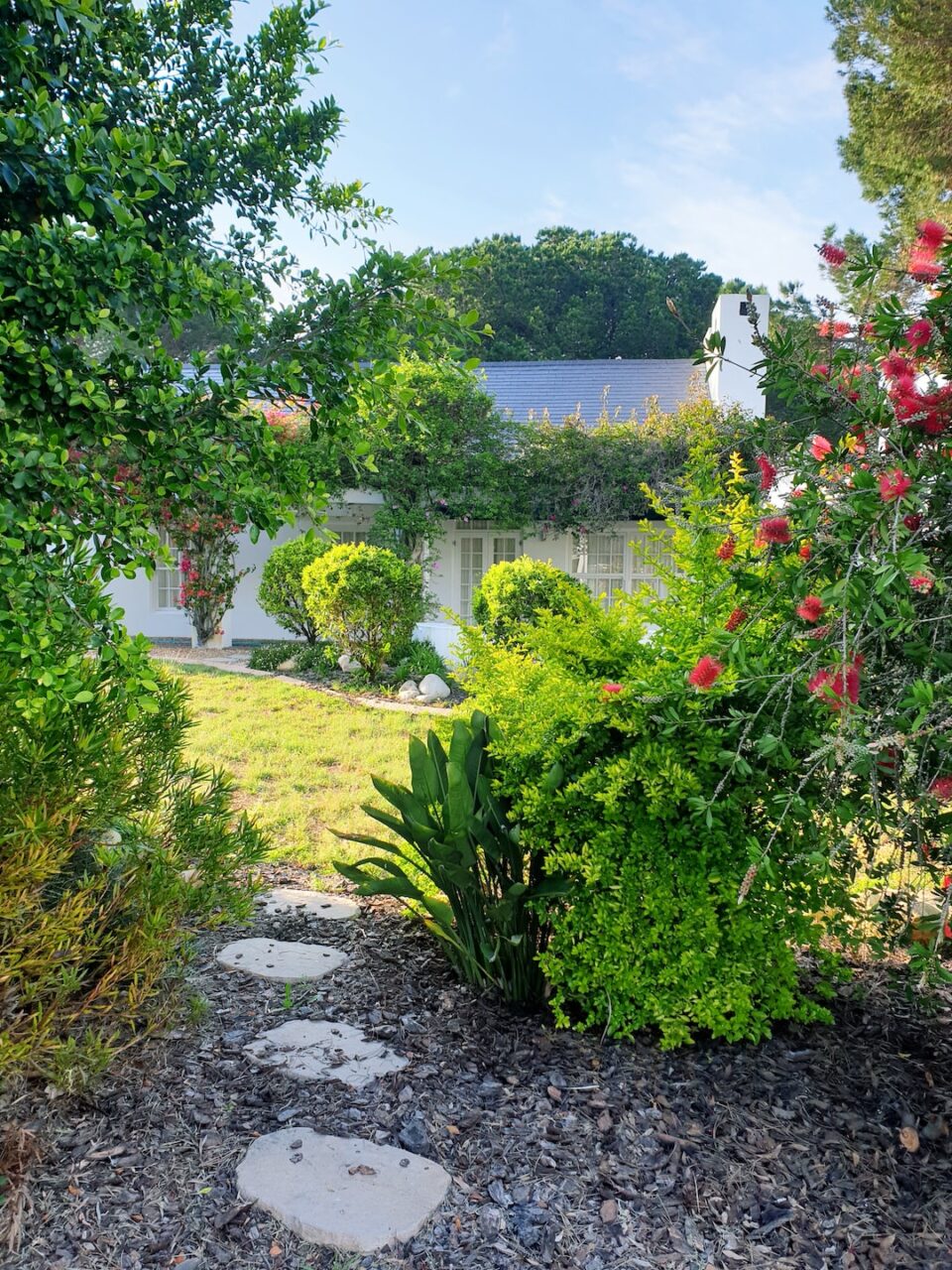Tips for Growing a Successful Indoor Garden
As more and more people are becoming aware of the benefits of growing their own food and creating a greener living space, indoor gardening has gained popularity. Whether you live in an apartment or in a house with limited outdoor space, indoor gardening allows you to cultivate plants and enjoy the rewards of gardening all year round. To help you create a successful indoor garden, here are some valuable tips to keep in mind.
1. Choose the Right Plants: Not all plants thrive indoors, so it’s important to choose ones that are well-suited for an indoor environment. Some popular choices for indoor gardens include herbs like basil and parsley, leafy greens such as spinach and lettuce, and flowering plants like African violets and orchids. Before selecting any plants, consider the lighting conditions and temperature of your home to ensure they can flourish.
2. Provide Adequate Lighting: Light is crucial for plant growth, and most indoor spaces do not receive enough natural light for plants to thrive. Consider investing in artificial lighting, such as full-spectrum LED grow lights, to provide your plants with the right amount of light. Place the lights above the plants and adjust the distance according to the specific needs of each plant. Remember to monitor the duration of lighting to mimic natural day and night cycles.
3. Maintain Proper Temperature and Humidity: Plants have specific temperature requirements for optimal growth. Keep your indoor garden in a room with a consistent temperature range of 65-75°F (18-24°C). Avoid placing plants near drafts or heating vents, as sudden temperature changes can stress them. Additionally, most indoor plants prefer a relative humidity level of 40-60%. To increase humidity, mist your plants regularly or place a tray filled with water near them.
4. Water Correctly: Overwatering is a common mistake in indoor gardening. Remember that pots with no drainage can cause water to pool at the bottom, leading to root rot. Opt for pots with drainage holes to allow excess water to escape. Watering frequency should depend on the needs of each plant. Stick your finger in the soil a few inches deep and water only when it feels dry. Also, avoid watering directly over the foliage, as it can encourage the growth of fungal diseases.
5. Pamper Your Plants with Proper Care: Indoor plants need your attention and care to thrive. Regularly remove dead leaves and trim your plants to maintain their shape and promote growth. Provide support to plants that grow tall or have weak stems by using stakes or trellises. Fertilize your plants once a month to replenish the nutrients in the soil. Use a balanced liquid fertilizer or organic compost for optimal growth. Remember to follow the instructions carefully to prevent over-fertilization, which can damage your plants.
6. Prevent Pest Infestations: Just like outdoor gardens, indoor plants are susceptible to pests. Keep an eye out for common indoor plant pests such as aphids, spider mites, and mealybugs. Inspect your plants regularly for any signs of infestation, like discolored or distorted leaves, sticky residue, or webbing. Treat infestations promptly by using natural methods like insecticidal soaps, neem oil sprays, or by introducing beneficial insects like ladybugs.
7. Rotate Your Plants: To ensure even growth and prevent stretching, regularly rotate your plants. Most plants tend to lean towards the light source, which can lead to uneven growth and leggy plants. Every week or two, move your plants around, so all sides receive equal exposure to light. Additionally, rotating your plants can help prevent moisture buildup and allow for better air circulation.
Indoor gardening allows you to connect with nature, grow your own food, and create a peaceful environment at home. By following these tips, you can maintain a successful indoor garden and enjoy the beauty of nature regardless of the size and type of space you have. So, roll up your sleeves, acquire the right plants, and embark on your journey towards a thriving indoor garden.

